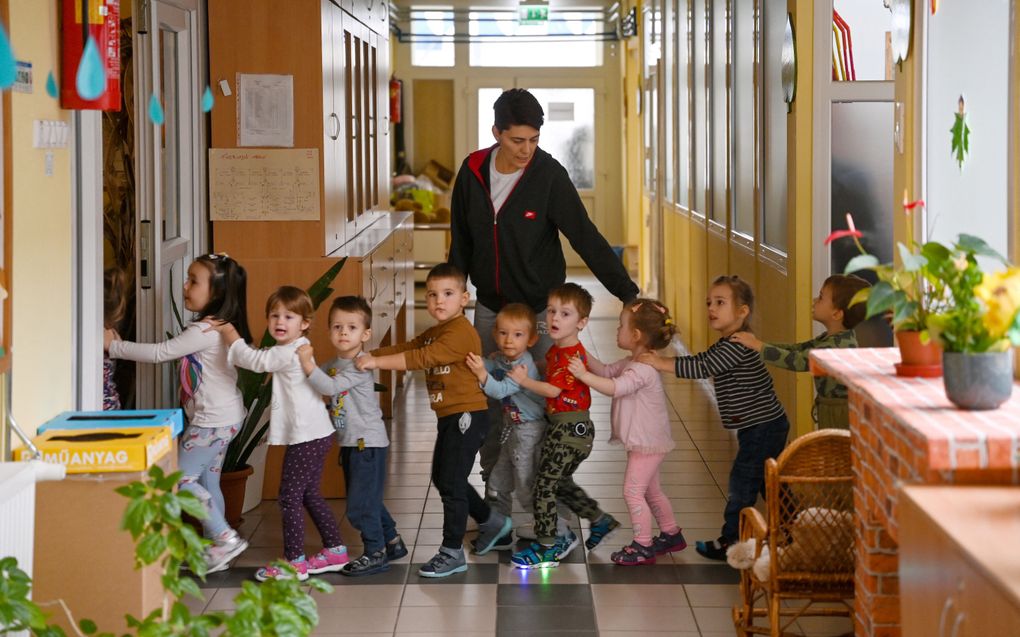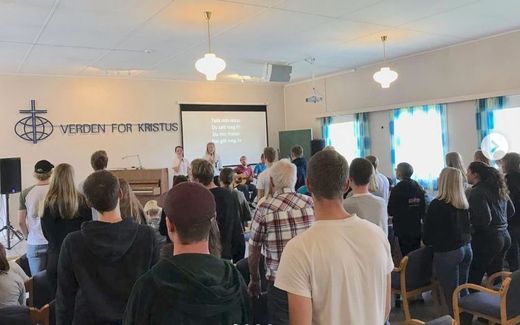Appreciation for Christian kindergartens in Norway

Photo AFP
Northern Europe
Norwegian parents appreciate private kindergartens more than public ones. That is shown by a survey in which Norwegians could give points to the kindergartens their children attend.
Overall, Christian kindergartens receive much appreciation from the parents of their pupils. Two Christian kindergartens scored 5 out of 5 points. Eight others received a score of 4.9. The parent survey is carried out every year by the Directorate of Education (Udir), Verdinytt writes. In total, 3,100 kindergartens participated in the survey. Of this number, 1,422 were private.
Responsibility
Of the ten Christian kindergartens that made it to the top of the list, seven fall under the responsibility of the Church of Norway. One belongs to the Norwegian mission Church, and two to the Missions Sambandet.
Kindergartens that belong to Church Educational Center (IKO) score especially well in the area of the relationship of children with the adults, parental involvement, pick-up and delivery and getting children used to school life, Dagen writes.
Christian kindergartens also attract parents because they do not participate in pride celebrations. “Parents want their children to go to a nursery school with the same view of gender and family as they do themselves, Irene Bekkvik, director of kindergarten Regnbuen Barnehage in Lørenskog, says.
Underrepresented
At the same time, Verdinytt notes that Christian kindergartens are still underrepresented in the top list of kindergartens. They make up only 2.6 per cent of the list, while the share of Christian kindergartens nationwide amounts to 4.47 per cent.
Harald Berge Breistein from the NLM-barnehagen AS, which runs 40 kindergartens for the Norwegian Lutheran Missionary Association, points out that private kindergartens usually score better than public ones. At the same time, he says that the results may be somewhat random. “Someone can do a great job without getting a top result in such surveys. This may have to do with differences between groups of children.”
Related Articles






